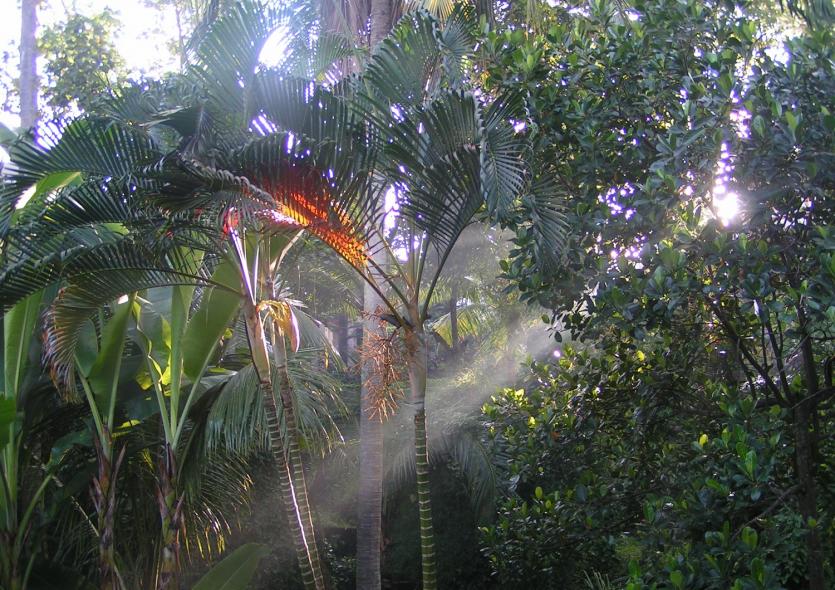Rainforest in Bali, Indonesia. Photo by Madam Besson from FreeImages
By Patryk Krych | The World Daily | OCTOBER 28th 2021
The combination of human actions and a changing climate has led to ten of some of the world’s most protected forests gradually turning into carbon emitters according to a recent report.
Over the past 20 years, the industrial logging, deforestation, and severe wildfires that have broken out all across the world have slowly led to forests emitting more carbon emissions than they’re capable of storing away according to a report from UNESCO, the World Resources Institute, and the International Union for Conservation of Nature (IUCN).
At least ten such forests have been UNESCO world heritage sites, such as the Greater Blue Mountains area in Australia, the tropical rainforests of Sumatra in Indonesia and even the Yosemite national park in the US.
These three forests are an example of areas that have, since 2001, emitted more carbon than they have absorbed. The report added that this may only be the beginning however, as more forests are predicted to become carbon emitters over the coming years.
“What is happening at a world heritage site level is only the tip of the iceberg. Even in what are supposed to be the best and most protected areas, they are currently under pressure from climate change,” said a UNESCO project officer and report co-author, Tales Carvalho Resende.
He added: “Our finding that even some of the most iconic and best protected forests, such as those found in World Heritage sites, can actually contribute to climate change is alarming and brings to light evidence of the severity of this climate emergency.”
The study made use of global satellite mapping with ground level monitoring in order to make an estimation for how much gross and net carbon had been absorbed and emitted by the World Heritage forests throughout 2001 to 2020. The results showed that the World Heritage forests had only managed to absorb the equivalent of approximately 190 million tons of carbon dioxide – which is comparable to only about half of the UK’s annual emission rates.






